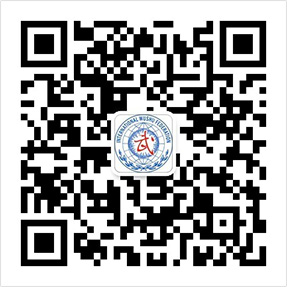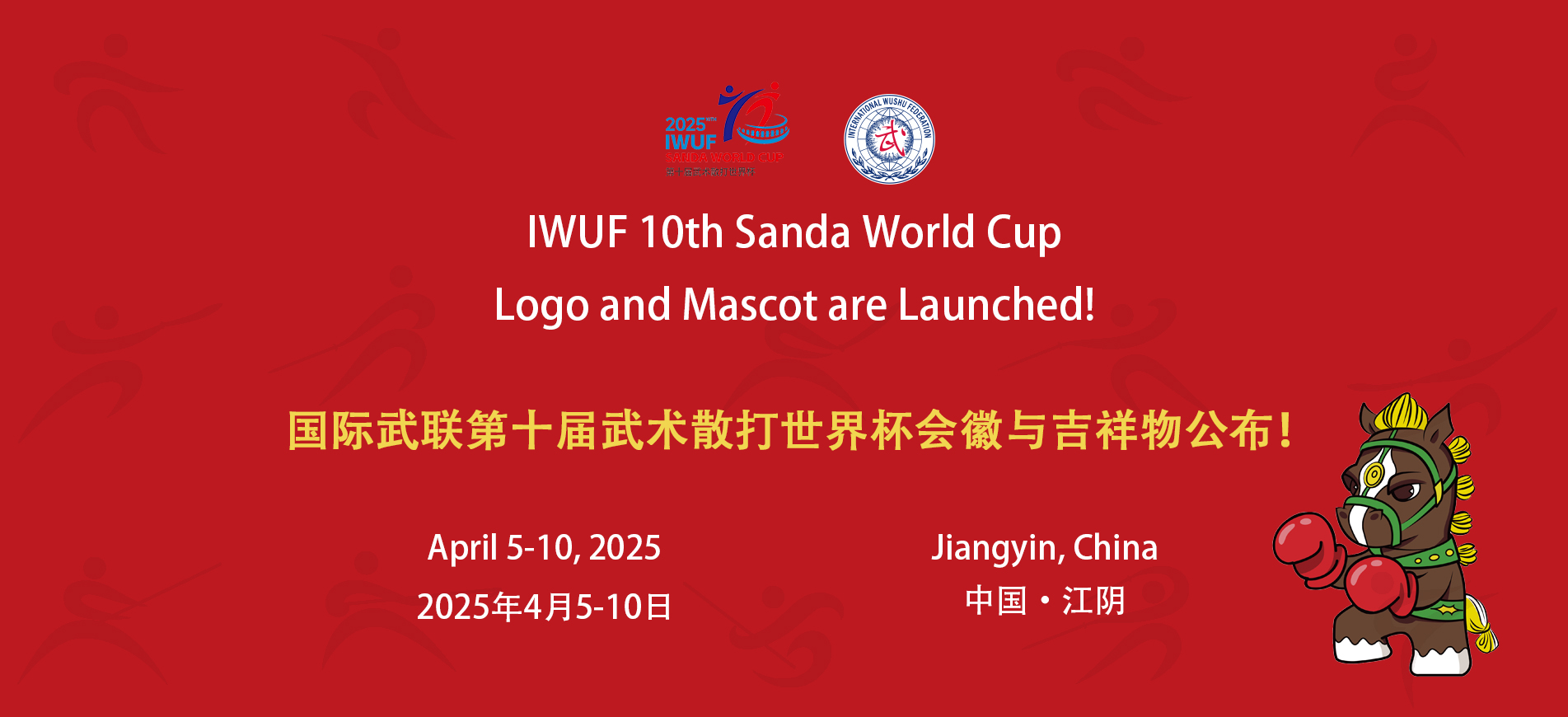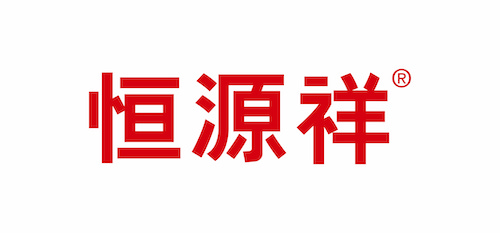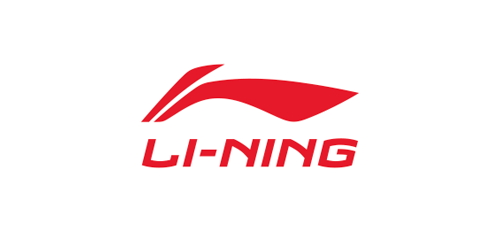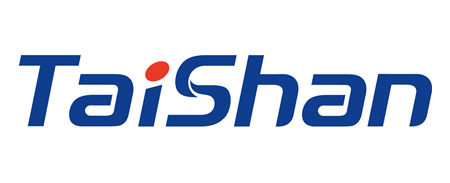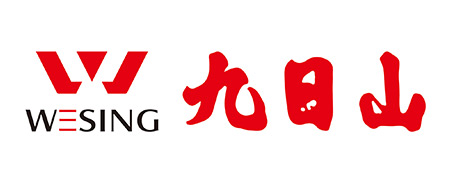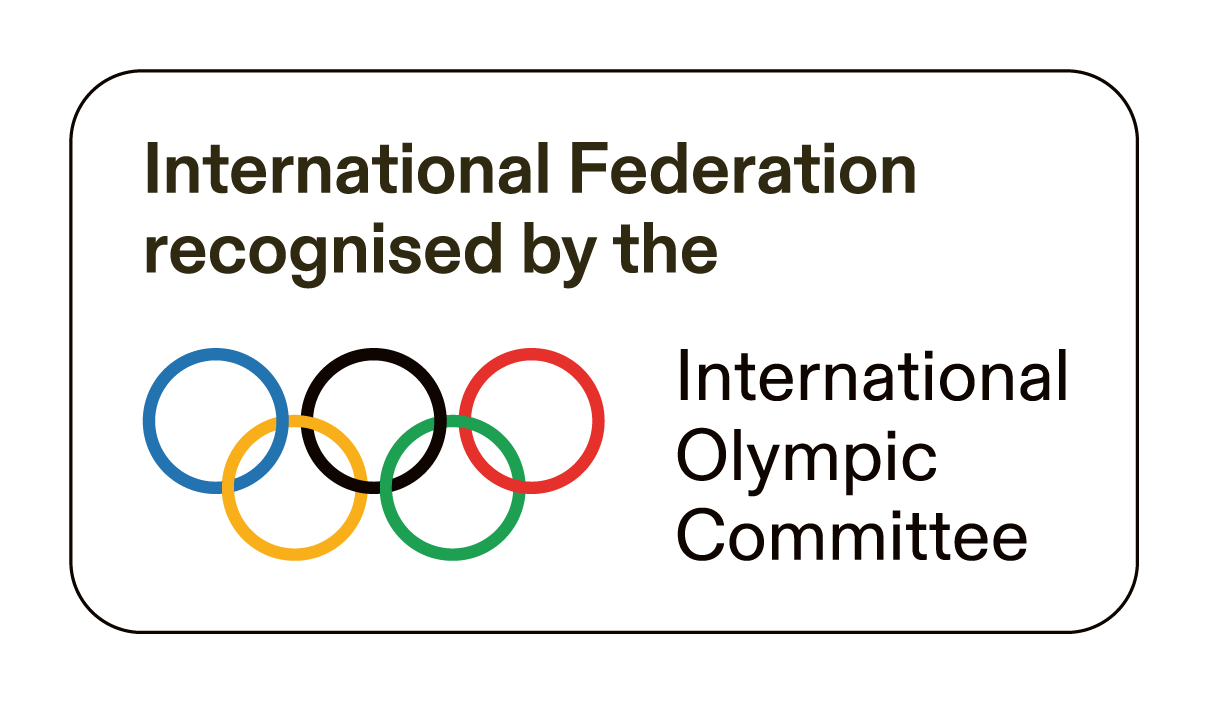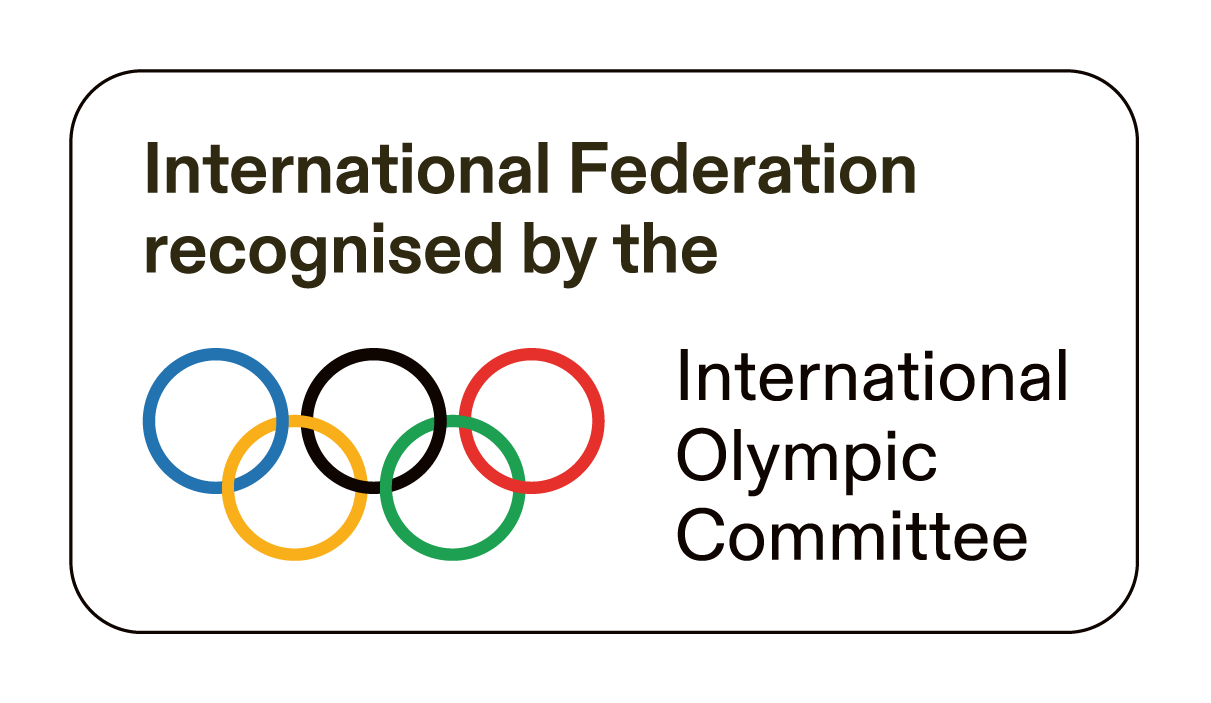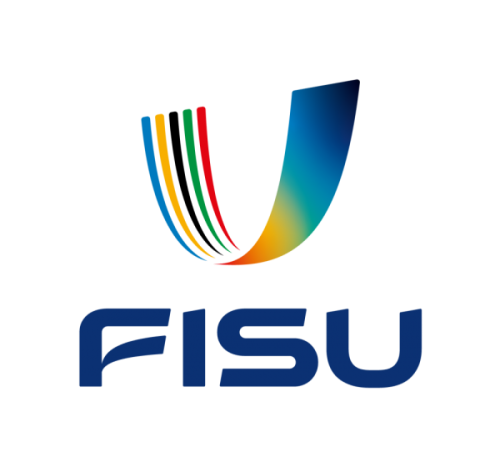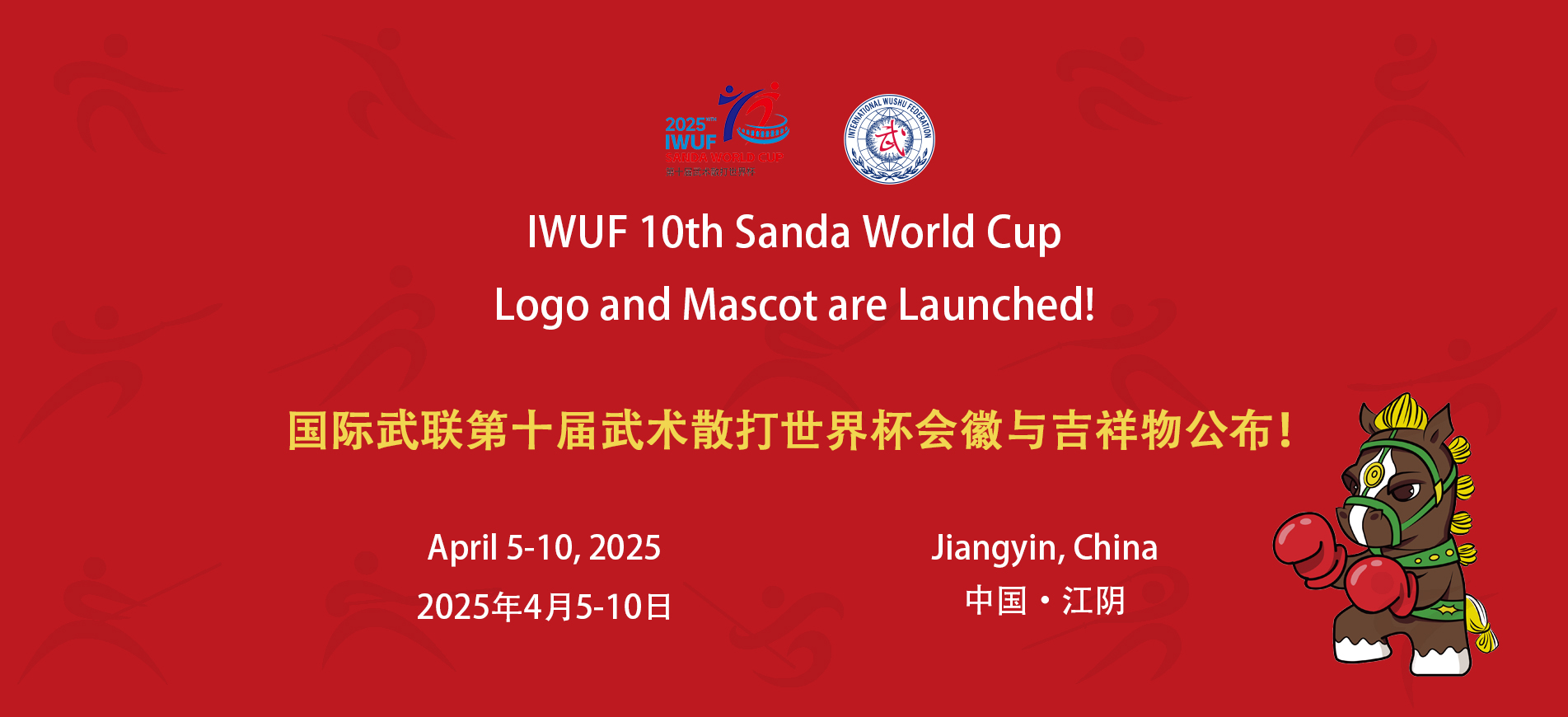
IWUF 10th Sanda World Cup will be held in Jiangyin, China from April 5-10, 2025.
The IWUF Sanda World Cup (SWC) is an official event hosted by the International Wushu Federation (IWUF). This prestigious competition typically occurs biennially, showcasing the top sanda athletes from the most recent World Wushu Championships (WWC), but the 10th SWC held in Jiangyin, China also includes elites from the International Wushu Invitational Tournament 2024 (IWIT 2024). With the first edition taking place in 2002, the SWC has been held ten editions so far.
The Interpretation of the Logo of the 10th Sanda World Cup
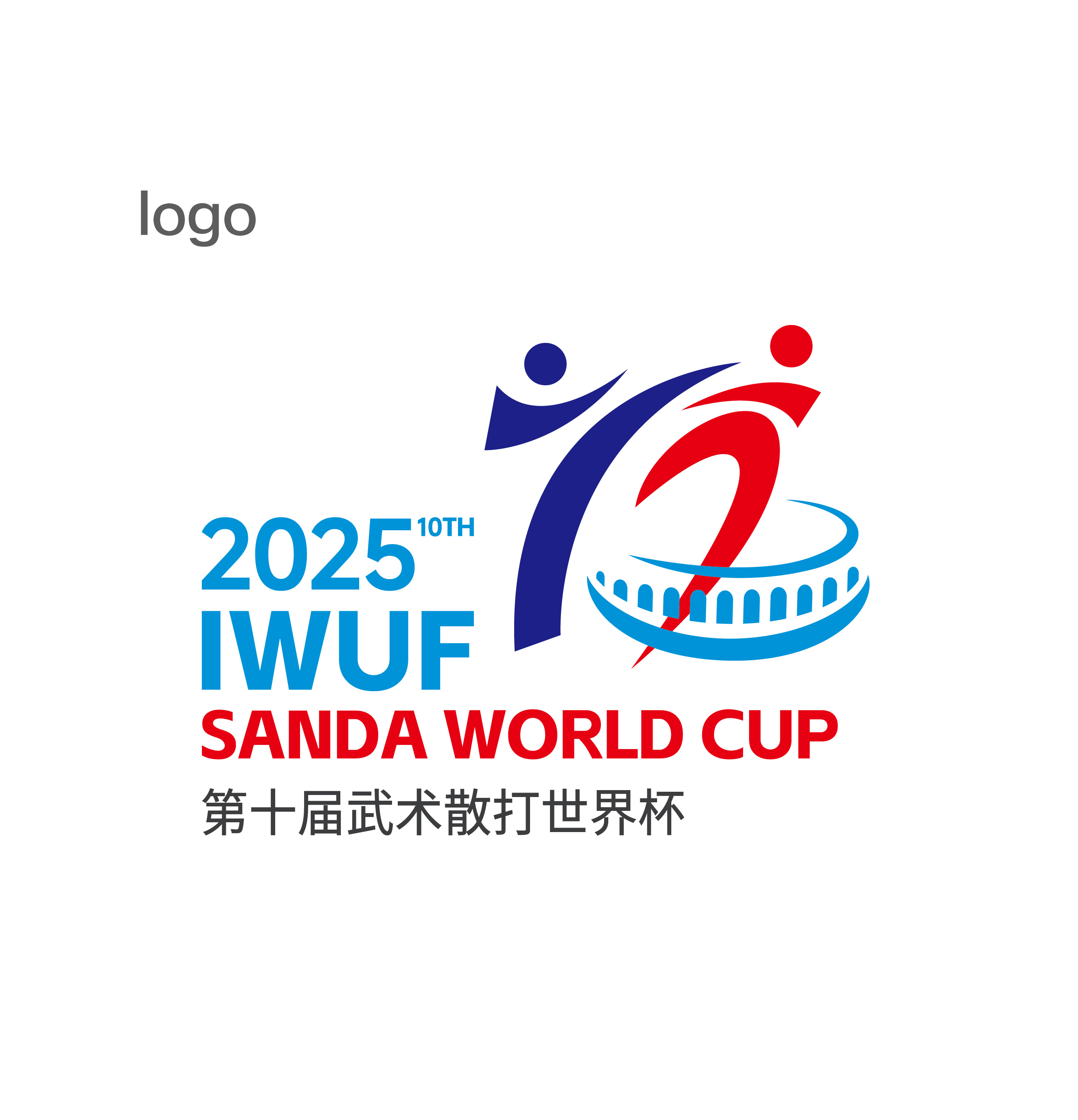
The logo centers on the "competitive" stance of two sanda fighters, using red and blue as the main colors, with bilingual Chinese and English identification. It integrates an international perspective with wushu culture, reflecting the authority, competitiveness, and cultural inclusiveness of the event.
The design of the two human figures in the logo embodies "strength and speed." Through simple and robust lines and a tilted design, it showcases the explosive power and rhythm of wushu sanda.
The background cleverly incorporates the main venue of this Sanda World Cup—the Pegasus Watertown Cultural and Sports Center—reflecting the architectural style and cultural characteristics of the host city.
The logo conveys the spirit of wushu sanda through visual language, which is "a balance of toughness and softness, and the integration of internal and external cultivation." It not only highlights the international influence of the event but also pays tribute to the thousand-year-old heritage of wushu culture. It aims to create an extraordinary wushu sanda experience for wushu enthusiasts around the world.
The interpretation of the Mascot of the 10th Sanda World Cup
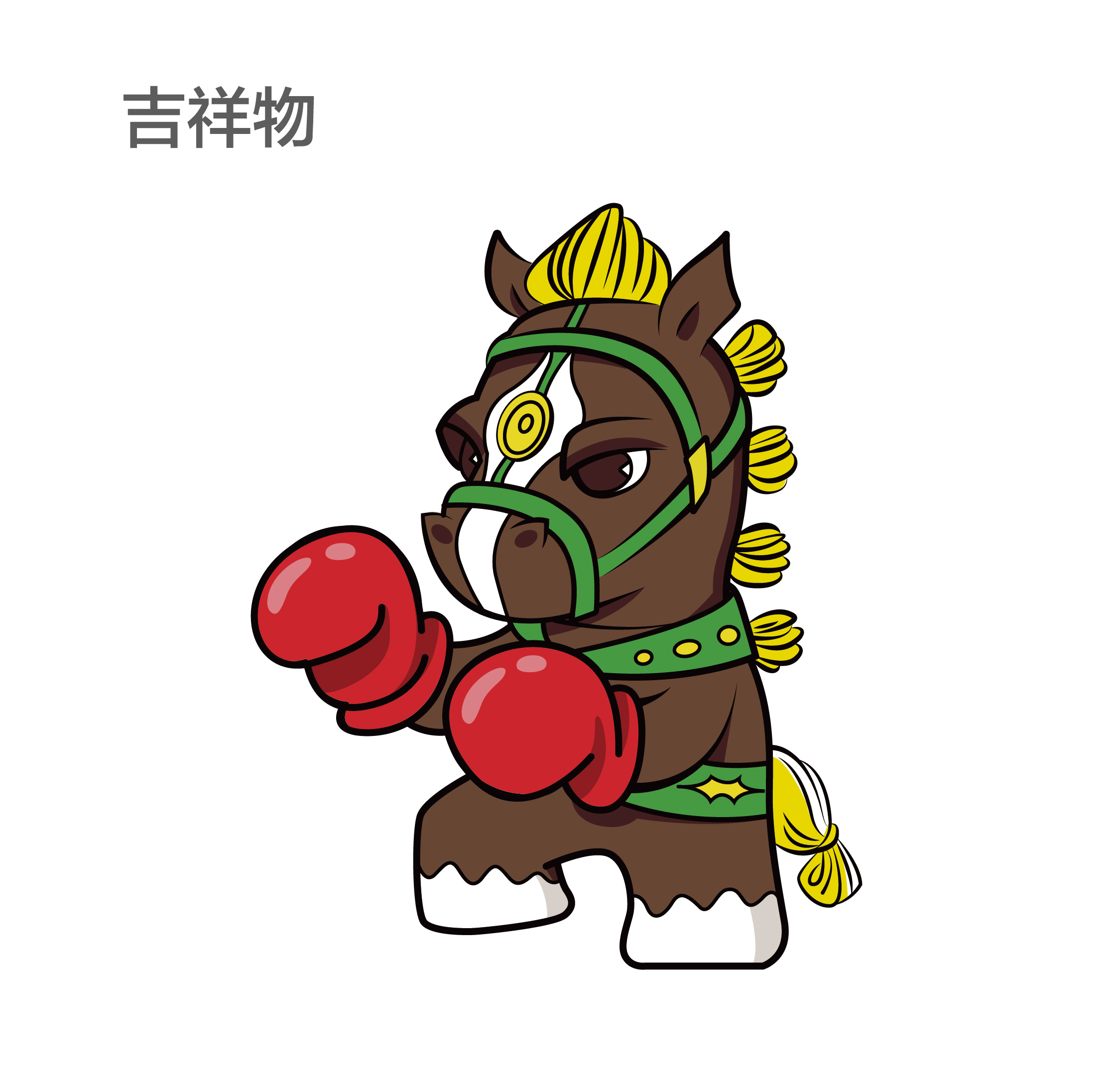
The mascot of the 10th Sanda World Cup “Andrew”, is modeled after the renowned English horse. Representing a brave and strong sanda fighter, it symbolizes the international popularity and friendly exchange of wushu sanda culture, highlighting the sport’s transcendent appeal across national boundaries. Andrew embodies the event’s vision of“uniting through wushu and mutual cultural appreciation.”
Andrew’s robust and upright physique, with smooth muscle lines, reflects the explosive power and competitive dynamism of sanda. His image integrates strength with sportsmanship, echoing the sport’s principle of “fighting to a point and respecting opponents.”
He is not only a symbol of the event but also a messenger of dialogue between Eastern and Western wushu cultures. With his heroic yet amiable demeanor, Andrew conveys the historical depth and contemporary vitality of sanda culture to enthusiasts worldwide, inviting them to witness the pinnacle of the 10th Sanda World Cup.


